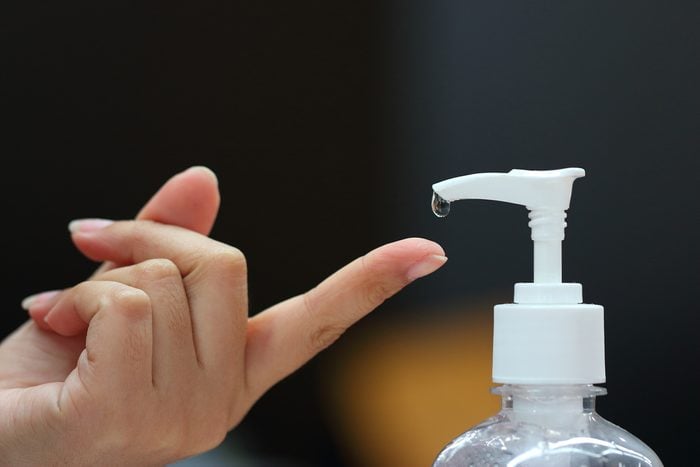
Hands off
It’s no secret that public places are often not the cleanest. But that doesn’t mean that getting sick, or even interacting with gross, dirty things, every time you’re out and about is an inevitability. Data collected by real studies has revealed the items in many common places that are the germiest—and they’re often different from what you might expect. So here are the spots to avoid (or clean thoroughly!) on your next outing to a restaurant, grocery store, and ten other places you probably frequent. And no matter where you are, make sure you’re regularly cleaning these germ-spreading objects you carry with you all the time.
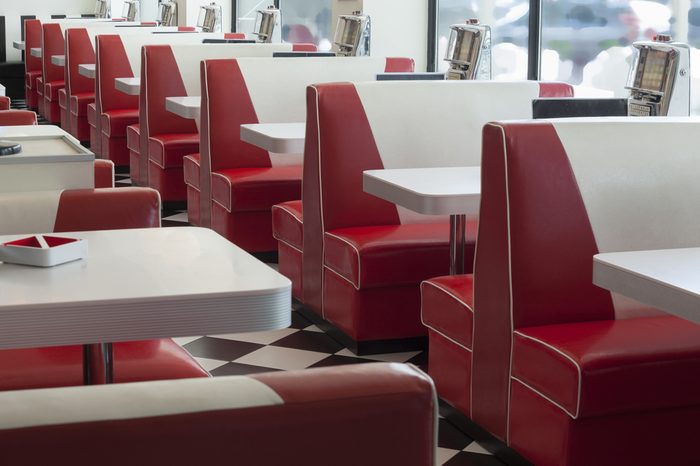
Restaurants
Microbiologist Philip Tierno, PhD, and ABC News teamed up in 2012 to investigate some of the germiest surfaces in restaurants. The absolute filthiest spot: chairs, 70 percent of which contained bad bacteria. Chairs are constantly coming in contact with new customers, but restaurants aren’t necessarily disinfecting them too often. Menus and lemon wedges also proved some of the top offenders—employees don’t always do a thorough job cleaning menus or use gloves when handling lemons, pointed out microbiologist “Dr. Germ” Charles Gerba, PhD, on TODAY. You can’t avoid germs entirely, but you can wash your hands before dinner or toss the lemon peel aside after squeezing instead of dropping it in your water. And while you’re dining, keep in mind these things you’re probably sharing that germ experts wouldn’t!
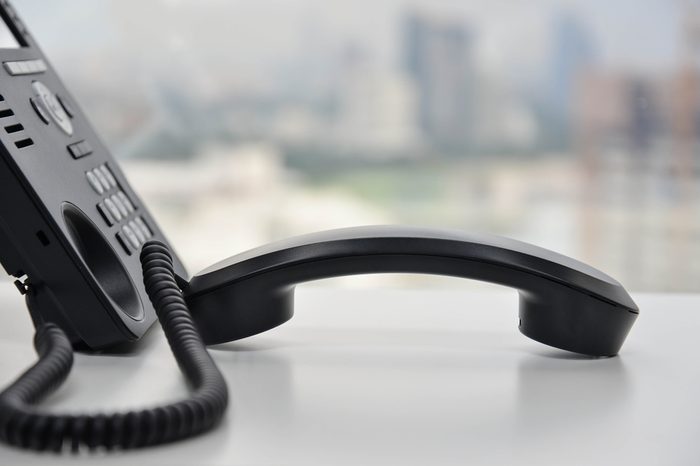
Offices
Entrepreneur sent swabs of various surfaces around its office to Dr. Gerba and found that phones were the dirtiest of them all. Not only did they contain an average of more than 25,000 bacteria units each, but they also contained 60 types of bacteria. Desks weren’t too much better, carrying about 21,000 bacteria units each.
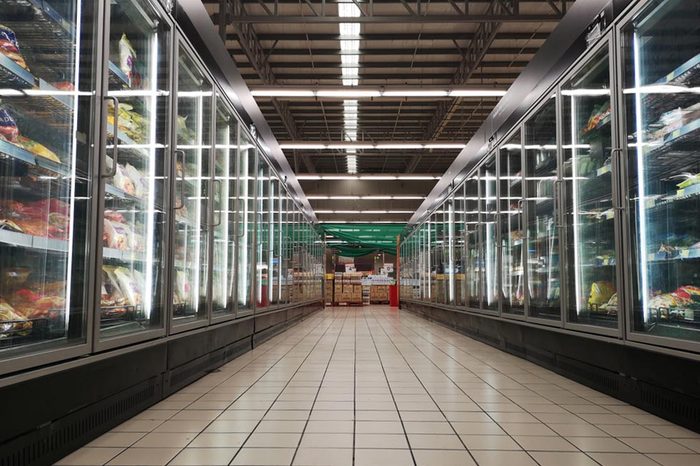
Supermarkets
Beware the frozen food aisle. Reusethisbag.com sent EMLab P&K to different grocery stores and found that in traditional supermarkets, refrigerator doors carry a hefty 327,000 colony-forming units (CFU) per square inch—about 18 times more than a pet toy, and 4.5 times more than a shopping cart. Taking all types of grocery stores into account (traditional, budget, superstore, and upscale), fruits and veggies were even worse in certain stores, with 5,700,000 CFU and 3,300,000 CFU per square inch at budget and upscale markets, respectively—though just a fraction of those on the produce in traditional grocers or superstores. “Ditch supermarket germs as soon as you get home by washing your hands or using hand sanitizer,” Gerba tells TODAY. These things supermarkets aren’t cleaning as they should are also worth washing up for.
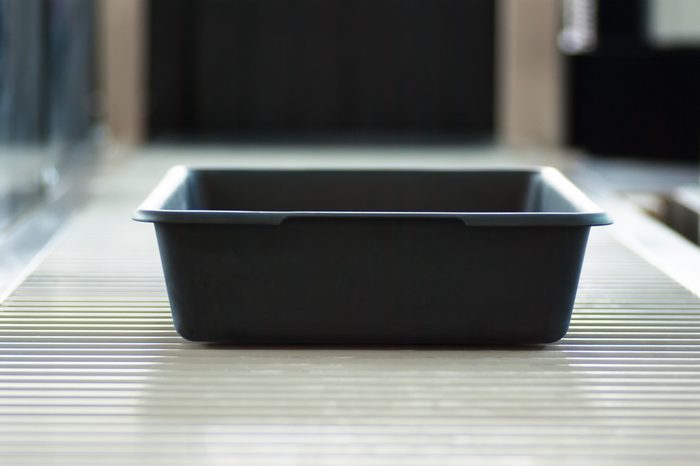
Airports
It’d be pretty tough to avoid the germiest spot in airports. Researchers swabbed surfaces around an airport, including toilets and handrails, and found that those trays in the security line are most likely to make you sick. (Technically, a plastic toy dog in a children’s play area had more germs—two out of three samples—but passengers are less likely to come in contact with that.) Half the trays had evidence of viruses, including ones that cause the flu and colds. The researchers point out that practically all passengers touch those trays, and they tend to use their entire hand, meaning more potential germs could come in contact. The authors say their results should encourage airports to put hand sanitizer at the beginning and end of security lines, but you can always take matters into your own hands by packing your own. Once you arrive and head to your hotel room, watch out for these ways your hotel room could be making you sick.
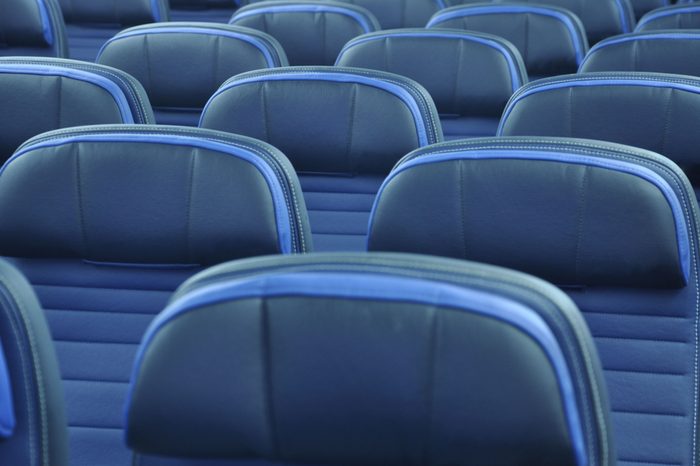
Airplanes
Those fold-down tray tables on planes get a lot of media attention, but one experiment showed there are even germier spots. Investigators from Canadian consumer watchdog program Marketplace swabbed five often-touched areas on 18 different flights, and they found that the seat headrest actually had the highest concentration of bacteria—and some even had E. coli. “It really is about ingestion or inhalation,” microbiologist Jason Tetro commented. “There’s a very good likelihood that you could potentially be inhaling this or getting it into close enough contact that it could get into you.” The second dirtiest spot was the seat pocket, which might not be so surprising when you consider the fact that flight attendants have found everything from dirty diapers to uneaten food tucked inside them. Tetro recommends carrying hand sanitizer and wet wipes to disinfect before hunkering down for a flight.

Doctor’s offices
Sterile as they seem, there are still germs lurking in your doctor’s office—and it’s not in the waiting room. Insurancequotes.com put several doctor’s office items to the test and found that clipboard pens hang onto a staggering eight million CFU per square inch—more than 46,000 times more than what you’d find on a toilet seat.
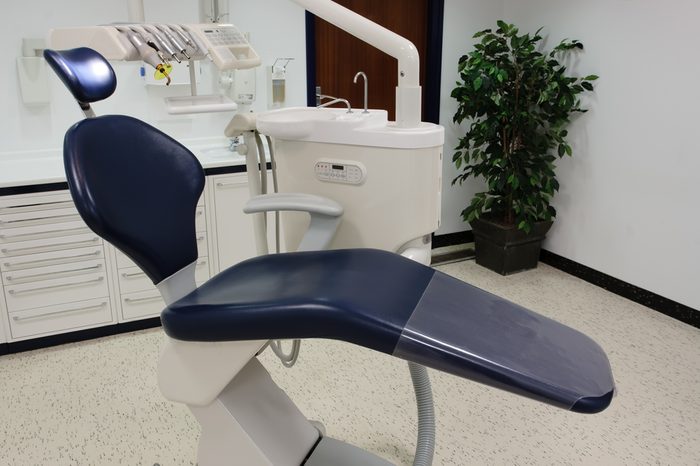
Dentist offices
Thankfully, tools and equipment like examination lights have the lowest numbers of bacteria, according to a study led by Dr. Gerba. But the worst offenders were armrests on patient chairs and office phones. The study did have a silver lining: Wiping the surfaces down with disinfecting wipes was an effective way to cut down the germs. Just make sure you’re not guilty of these ways you’re overusing hand sanitizer!
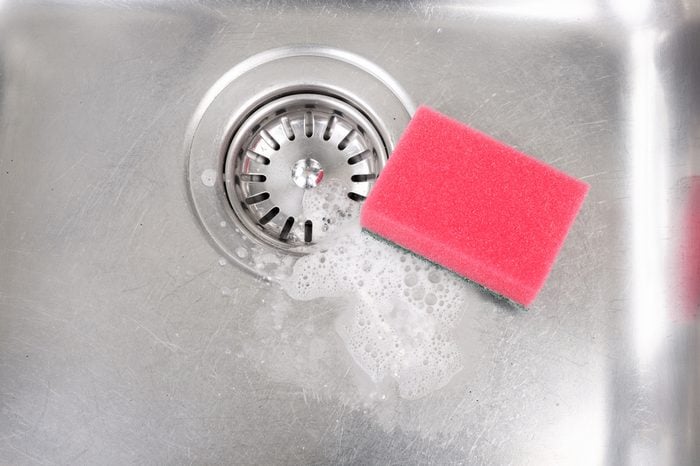
Your own home
The dirtiest place in your home (and most public places) actually isn’t in the bathroom—it’s in the kitchen. Public health and safety organization NSF swabbed 30 items in 22 families’ homes and found that 77 percent of sponges and rags contained coliform, a type of bacteria that includes Salmonella and E. coli. Pretty gross for something that you use to get germs off your dirty dishes. To make matters worse, a separate study found that even trusted methods of cleaning a sponge, like nuking it in the microwave, weren’t actually that effective against bacteria. The study researchers recommend replacing your sponge every week to avoid spreading germs.
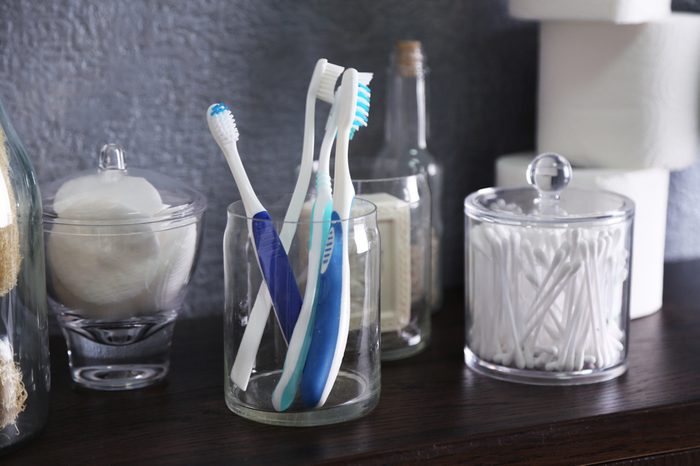
Bathrooms
Surprisingly, the worst offender isn’t the toilet, in the bathroom in your own home, at least. With 27 percent harboring coliform, the toothbrush holder is the place teeming with the most germs, according to the NSF study. Meanwhile, only five percent of toilet seats and no toilet handles carried that bacteria. So toothbrush holders are definitely one of the things you should wash your hands immediately after touching.
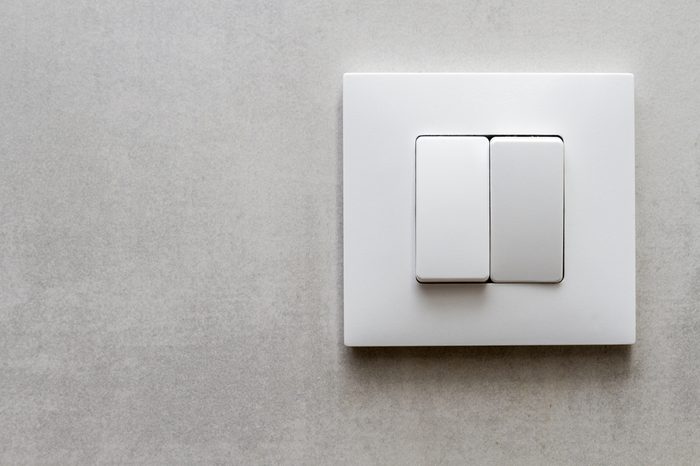
Hotels
Hotel rooms may look spic and span, but there’s a difference between tidy and disinfected. Unfortunately, most hotel rooms are full of things the hotels aren’t cleaning as they should. The worst offender? The light switch—which isn’t a spot housekeeping is likely to wipe down—is home to 112.7 CFU, almost all of which were fecal bacteria, according to a report presented at the 2012 General Meeting of the American Society for Microbiology in San Francisco. TV remotes were also pretty germy, harboring about 68 CFU, but a separate investigation microbiologist Luisa Ikner, P.hD, conducted for Today found that the remote was the main spot for germs to lurk. Can’t hurt to wipe both down with disinfectant wipes after you check in. Watch out for these other 11 dirty spots in every hotel room.
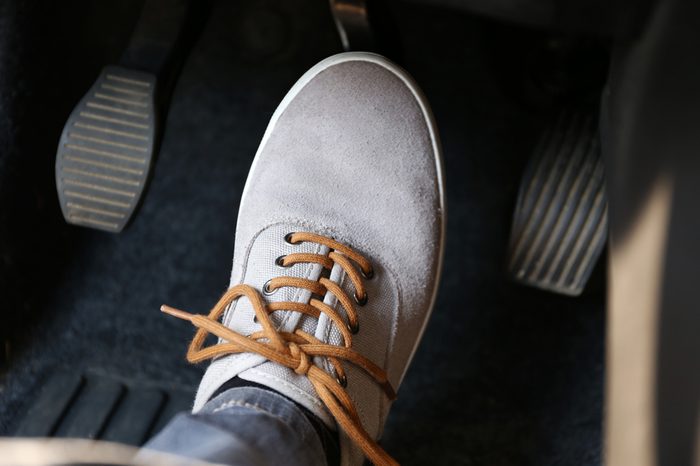
Your car
British car retailer Motorpoint took swabs of 20 spots in a “typical” car (the owner had dogs and typically ate in his car) and found that the highest concentration of bacteria was in the back of the car, possibly because that’s where the dogs would sit when riding around. The area where the driver’s feet would go was teeming with bacteria, too, along with the seat belt buttons and handbrakes. You probably aren’t as diligent about giving your car interior a deep clean as you are with your house, but it’s worth disinfecting those high-contact surfaces every once in a while.

Elementary schools
Parents, take note: You’ll want to watch how your kid drinks from the water fountain. An NSF study of two elementary schools found that classroom water fountain spigots were the most bacteria-infested spots, carrying 2.7 million CFU per square inch. Lysol recommends telling your kids not to put their mouths right against the spigot (of course) and to let the water run for a couple of seconds before taking a sip. Of course, no matter where you are, the main way to keep yourself safe from germs is to wash your hands—and you can prevent these 15 diseases just by doing that.
